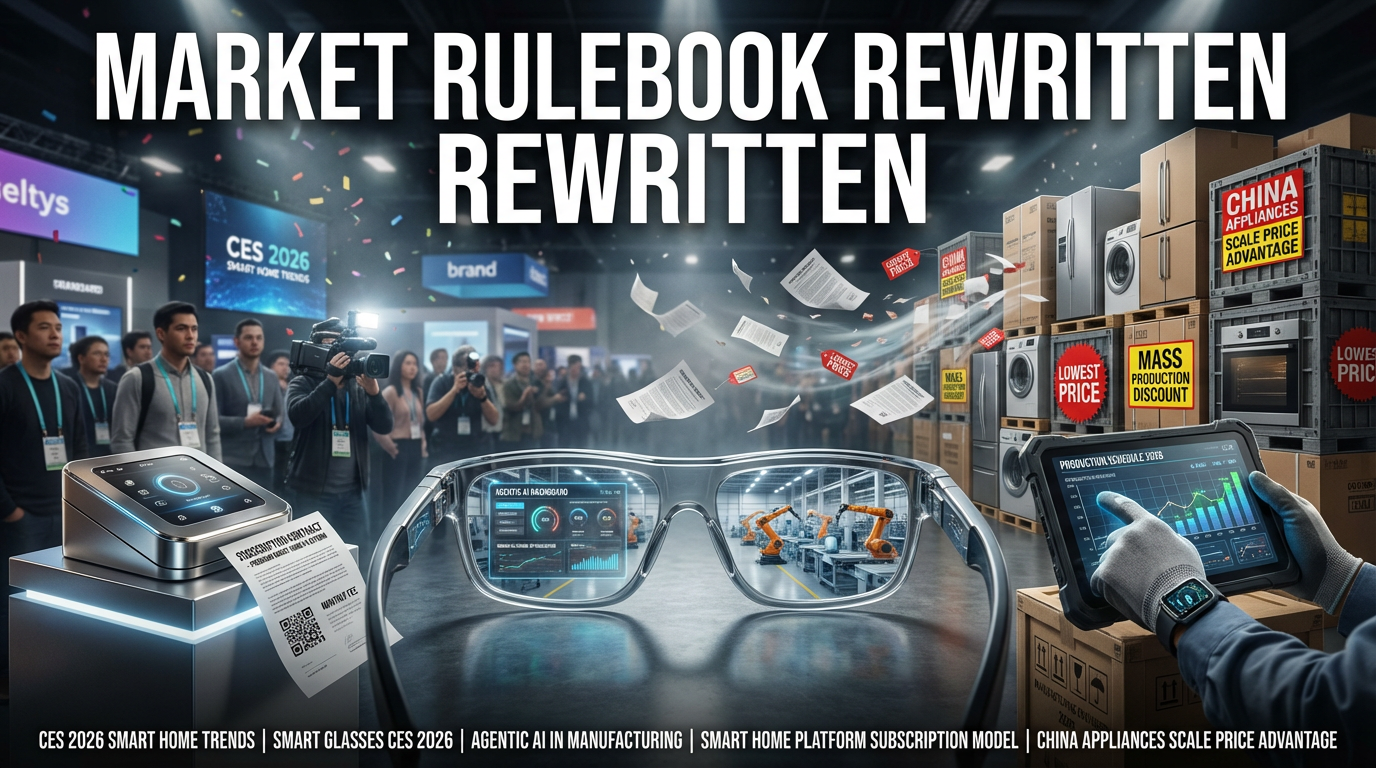*Source: 서울경제TV
Samsung Electronics Foundry Finally Turns Profit in the US
● Samsung’s US Foundry Shock Profits Leap, Apple-AI Chip Clash Ignites
Samsung Electronics’ US Foundry Performance and Strategy: Key Trends to Reshape the Global Semiconductor Market Landscape
1. H1 Performance Announcement and First Insights
Samsung Austin Semiconductor’s H1 performance recorded sales of KRW 2.2968 trillion and operating profit of KRW 423.8 billion, showing a 5.6% increase in sales and a 65.3% rise in operating profit compared to the previous year.The figures clearly indicate an improvement in production utilization, as operating profit significantly increased despite a slight rise in sales.Analysis suggests that efficiency was maximized by mass-producing various communication semiconductors using the mature 14nm process.This strengthens Samsung’s competitiveness and production stability in the US market, which is noteworthy.
2. Potential Collaboration with Apple and Adoption of Latest Chip Technology
News that Apple has recently commenced the development of next-generation innovative chip technology in Austin is generating buzz in the industry.While Apple has not disclosed specific product details, rumors suggest the possibility of producing the next-generation wide-angle image sensor for the iPhone 18 in Austin.This development raises expectations that Samsung Electronics can stably maintain its US foundry’s utilization rate and further solidify collaborative relationships with global big tech customers.
3. US Production Expansion and Taylor Fab Investment Plan
Samsung Electronics is also making massive investments in the Taylor area of Texas, USA.The advanced process construction project, targeting completion in 2026 with a total investment of KRW 23.6 trillion,is expected to serve as key infrastructure to gain an advantage over Taiwan’s TSMC in cutting-edge semiconductor fields such as GPUs and AI chips.Positive signals are already being detected in collaborations with global big tech companies, including a linkage contract with Tesla’s next-generation AI autonomous driving chip, ‘AI6’.
4. Securing Big Tech Customers and Global Supply Chain Stabilization Strategy
The expansion of Austin and Taylor-based production in the US is a strategic move aimed at stabilizing the global supply chain through collaboration with big tech customers.Following the US-Korea summit and Chairman Lee Jae-yong’s business trip to the US, it is anticipated that big tech companies’ interest in and preference for Samsung’s Taylor fab will further increase.Furthermore, improved foundry utilization in the US and enhanced maturity of advanced processes suggest a potential turnaround for the DS division, which had incurred multi-trillion won quarterly losses,and are expected to play a decisive role in Samsung Electronics’ long-term recovery and strengthening of competitiveness in the global semiconductor market.
5. Future Outlook and Strategic Signals
This H1 performance and US investment plan go beyond simple profit improvement,and are interpreted as important signals for Samsung Electronics to redefine its competitiveness and expand its big tech customer base in the global semiconductor market.The production expansion centered on the Austin and Taylor fabs in the USis expected to serve as a strategic stepping stone for increasing global AI chip market share, stabilizing the supply chain, and achieving long-term profit stability.
This article was written to naturally include top economic SEO keywords such as Samsung Electronics, US market, semiconductors, global supply chain, and AI chips.
< Summary >
Samsung Austin Semiconductor’s H1 performance showed a slight increase in sales but a significant rise in operating profit, proving improved production utilization.With news of Apple’s next-generation chip technology development, securing big tech customers in the US market is highly anticipated.With an investment of over KRW 23 trillion in the Taylor fab in Texas, USA, competitiveness in AI chip and GPU sectors is being strengthened,marking a strategic turning point for global supply chain stability and long-term profit improvement.
[Related Articles…]


